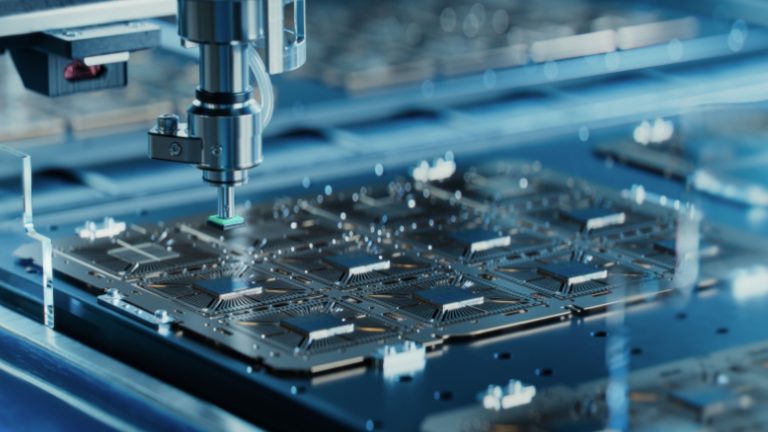![]()
Last month, semiconductor specialist ADI (Analog Devices) announced it would be investing €630 million to expand its operations in its European HQ in Limerick, Ireland. This move, expected to triple the site’s fabrication capacity within the next two years, is part of the European Union’s Important Projects of Common European Interest on Microelectronics and Communication Technologies (IPCEI ME/CT) initiative. Moreover, the European Chips Act has pledged over €43 billion of project-driven investment until 2030 with the goal of increasing Europe’s semiconductor production capacity to 20% of the global market.
These investment initiatives have led to a boom in European semiconductor projects, drawing interest from major players like TSMC, Samsung, and Intel. Intel recently announced a $32 billion investment to open two chip fabs in Germany, as well as another $4.6 billion to build a fab in Poland – all subsidized with EU and government funding. However, ADI’s head of Systems & Technology, Cloud & Communications, Joe Barry, contends that this geopolitical focus on chip technology and the resulting funding doesn’t affect ADI’s strategy as the company operates on a hybrid manufacturing model.
ADI’s recent investment in Limerick saw the launch of the ADI Catalyst Centre, a €100 million ‘collaboration accelerator,’ focusing on a wide range of industries impacted by ADI’s technology, including telecoms solutions, automotive advances, wearables/extended reality consumer devices, and smart factory tech.
In the telecoms space, key demonstrations included ADI’s fifth-generation 8T8R RadioVerse® System on Chip (SoC), offering customers an end-to-end solution for hardware and software customization for macro and small cell RUs. This comprehensive reference design aims to accelerate the development of Open RAN solutions and promote the evolution of the Open RAN ecosystem.
Additionally, ADI showcased its chip technology in the context of 5G Massive MIMO (multiple input multiple output). Developed in collaboration with Marvell Technology, this latest MIMO solution demonstrated power savings of 40% versus competing solutions, making the technology more sustainable and faster to deploy. These energy savings are attributed to the solution’s microsleep capabilities, which optimize scheduling and site power consumption, leading to significant cost savings for operators.
Reducing power consumption is a challenge that demands the semiconductor industry’s attention. Joe Barry explains that while static power consumed by chips can be countered architecturally and algorithmically, dynamic energy savings require intelligent throttling and not degrading components. As demand for connectivity increases and the industry moves towards the 6G era, energy challenges are expected to grow.
“In theory, 6G radio will potentially quadruple the number of antennas and the bandwidth used to meet demand. If we stay on this trajectory, we’ll be looking at two-times or three-times the power consumption, which simply isn’t viable,” says Barry. “We need to innovate even more, and that is an industry-wide effort. This is a race we can win, but it has to be done through collaboration.”




